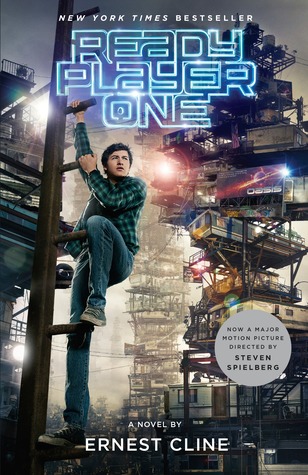Series: n/a
Edited by: Dan Koboldt
Source/Format: Bookish First & Writer's Digest Books; Paperback
More Details: Nonfiction; Writing; Science
Publisher/Publication Date: Writer's Digest Books; October 16, 2018
Goodreads Amazon Barnes & Noble Book Depository
Synopsis from Goodreads...
Science and technology have starring roles in a wide range of genres--science fiction, fantasy, thriller, mystery, and more. Unfortunately, many depictions of technical subjects in literature, film, and television are pure fiction. A basic understanding of biology, physics, engineering, and medicine will help you create more realistic stories that satisfy discerning readers. This book brings together scientists, physicians, engineers, and other experts to help you: Understand the basic principles of science, technology, and medicine that are frequently featured in fiction. Avoid common pitfalls and misconceptions to ensure technical accuracy. Write realistic and compelling scientific elements that will captivate readers. Brainstorm and develop new science- and technology-based story ideas. Whether writing about mutant monsters, rogue viruses, giant spaceships, or even murders and espionage, Putting the Science in Fiction will have something to help every writer craft better fiction.Putting the Science in Fiction collects articles from "Science in Sci-fi, Fact in Fantasy," Dan Koboldt's popular blog series for authors and fans of speculative fiction (dankoboldt.com/science-in-scifi). Each article discusses an element of sci-fi or fantasy with an expert in that field. Scientists, engineers, medical professionals, and others share their insights in order to debunk the myths, correct the misconceptions, and offer advice on getting the details right....
Putting the Science in Fiction was a great book. Arranged in short chapters and separated into relevant sections—like Gnome Engineering: It Never Ends Well, and Things To Know For When Skynet Takes Over—it tackled a wide range of the common misconceptions about science across a number of subjects. There was everything from labs, genetics, medicine, biology, and even telescopes just to name a few. There was mention of zombies, Star Trek, and Star Wars among others. It also pointed out who got what right—or who got something as accurate as possible—with the information available at the time the book or movie was written or produced. Such as chapter 12—The Science of Jurassic Park by Mike Hays—where Hays discusses the “good science” of Jurassic Park as well as the creative liberties that Crichton took, i.e. “less hard science.” But it doesn’t stop there. There were so many useful facts to be found in Putting the Science in Fiction.
Overall all, I’m more than happy that I have a copy of this book to keep on my shelf. As such, I recommend it to just about everyone—writers, readers—anyone looking to have some of their questions about habitable atmospheres, nanotechnology, and space flight answered...
Disclaimer: this copy of the book was provided by Bookish First and Writer's Digest Books for this review, thank you!
Disclaimer: this copy of the book was provided by Bookish First and Writer's Digest Books for this review, thank you!







































